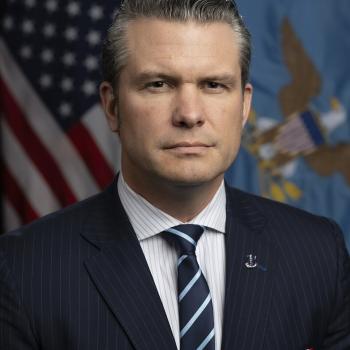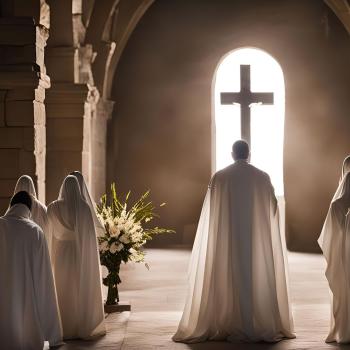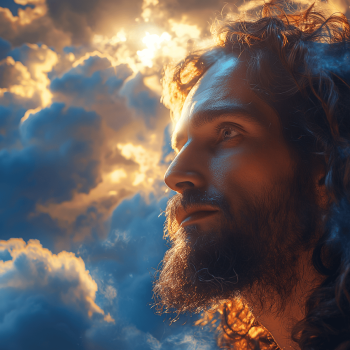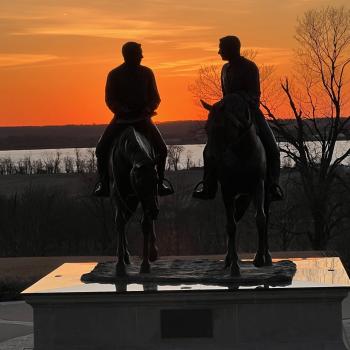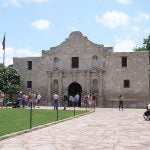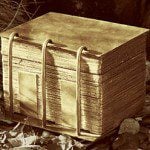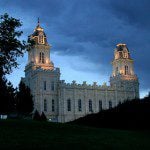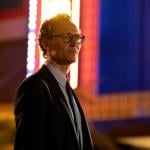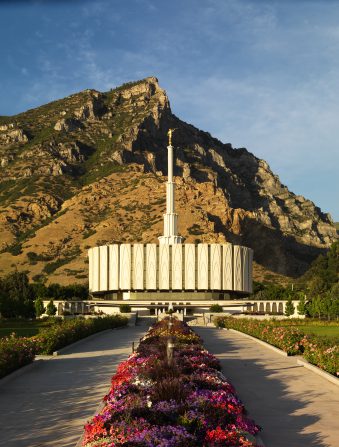
Here’s another portion of my response to Dr. Margaret Barker, given in the Varsity Theater on the campus of Brigham Young University on 9 November 2016:
In the case of the founder of Islam, the Prophet Muhammad ascends into the physical presence of God and receives his commission as a prophet or, at least, is given instructions for his behavior as a prophet or told things that he’s commanded to then teach the people. In the mystical experiences of the later Muslim Sufis, they achieve what sometimes is known as fana’, which signifies disappearance, vanishing, becoming one with deity—which can obvious be understood as, in a sense, becoming deified.
I was struck by some things that David Larsen said about accounts in which people go up into the divine throne room and see themselves, or something like themselves, seated upon the divine throne. One of the most famous mystical texts from medieval Islam is a text called the Mantiq al-Tayr or, in English, The Conference of the Birds. In it, the Persian writer Farid al-Din ‘Attar writes about a group of birds who get together—it’s all metaphorical, of course, all allegorical—to seek the king of the birds, the monarch of the birds. The monarch of the birds is known in Persian legend as the Simorgh. Hundreds of thousands of birds start off, but it’s a very difficult path and they pass through various valleys and ordeals and tests. By the time they get up to the throne room of the Simorgh, there are only thirty of them left. Only thirty have made it. And then, to their astonishment when they get there, they realize that upon the throne is themselves. The climax of the allegory rests upon a pun in Persian: Simorgh is not only the name of the mythical bird, but, in Persian, it also means thirty birds. This is, thus, very similar to what Dr. Larsen was describing.
Now, I’m struck, too, by the emphasis that Dr. Barker places on the idea of the temple officiator, the high priest as a representative, as almost the reality, of the Lord himself. I think of our own practice, and of the statement in the Doctrine and Covenants that says of a person speaking or acting in the proper way and with legitimate priesthood authority that it’s as if the Lord himself were acting or speaking: “whether by mine own voice or by the voice of my servants, it is the same” (Doctrine and Covenants 1:38).
I can’t help but think, too, of situations in which temple officiators actually represent the Lord—the earthly presence of the Lord, in a sense—and even of our ordinary mode of speaking in the Church when, in prayers, performatory utterances, ordinances, and talks in church, we conclude with in the name of Jesus Christ, as if Jesus Christ himself were there speaking or acting. We very often do this rather perfunctorily and without thought, but it’s a serious thing to claim to be acting or speaking in his name. It certainly seems to me to put a real burden on us, to try to make sure that what we’re saying or doing is at least roughly the kind of thing that ought to be done or said on that occasion!
A video recording of Dr. Barker’s presentation that also includes Dr. David Larsen’s response as well as mine is accessible at no charge on the Interpreter Foundation’s website:
Video of Margaret Barker’s Speech, “Theosis & Divinization,” Now Available



